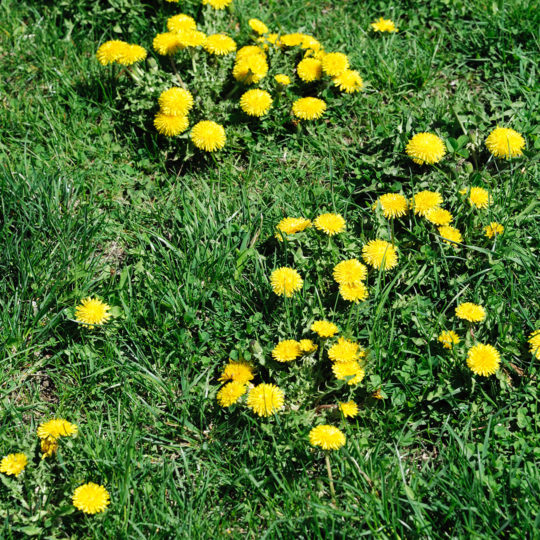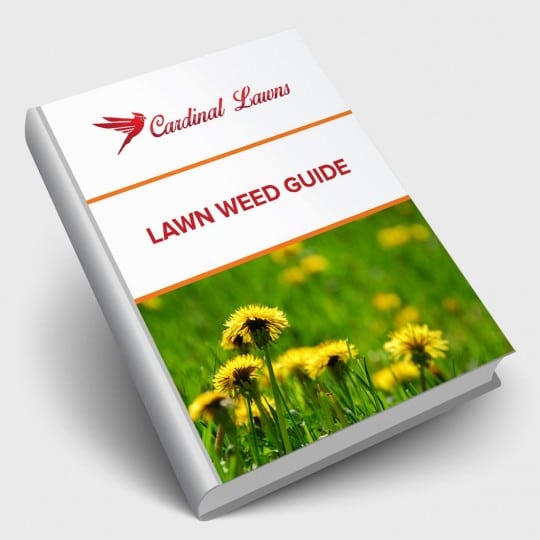What You Should Know About Weeds
And What You Should Do About It
Posted
May 5, 2022

Now that spring is in full swing, things are starting to grow at a rapid pace, including weeds. But, what are weeds, exactly? Some may not look like weeds right away. Others could be good for your garden and environment. Then there are the more dangerous ones you need to watch out for to protect yourself and your yard. Here’s a rundown of all of these weeds.
What are Weeds?
Generally, a weed is a plant that’s not supposed to be there. It could pop up in the middle of your lawn, next to a flower or vegetable plant, or spread rapidly throughout your yard. At first, you may not know if it should go until it’s already established.
Like any plant, there are annual weeds that grow from new seeds but usually don’t return. Then there are also those perennials that come back year after year. These weeds are typically more invasive and harder to kill, as they can stay dormant in the winter and pop back up in the spring.
For help identifying weeds, you can mark the areas where you’ve planted something, and also mark areas where you’ve seen weeds pop up in the past. This could help identify anything that pops up prematurely. Broadleaf weeds are easy to spot in the grass, but grassy ones may require a more thorough investigation or wait to see if it grows differently than your grass.
However, not all weeds are bad. Gardeners let dandelions and clover thrive in their gardens to help out the pollinators just waking up in the spring. Certain types produce pretty flowers or edible herbs. Categorizing a plant as a weed all depends on what you want in your yard and what you want to get rid of.
A Greater Purpose
Instead of seeing a weed as a detriment to the garden, some people flip the script and give them a greater purpose.
- Weeds tell us about our soil conditions. They typically thrive in areas other plants can’t. Therefore, if they’ve taken over one area, this could mean the soil lacks nutrients or is too compacted for other plants to grow. This is an indication you need to aerate and/or fertilize.
- Native weeds support the ecosystem by producing pollen for insects, food for birds, and a nest for butterflies.
- Some gardeners let them grow as ground cover to help stop erosion or cover a hard-to-reach area.
- Weeds grow fast, thrive in all kinds of conditions, and hold their green leaves longer, which may be just the thing some gardeners are looking for in their lawn.
However, not all plants are good, and some need to be dealt with quickly to help keep your yard a safer place.
Harmful Weeds
Since weeds are such hardy growers, they can easily compete with and overcome your other, more expensive plants. Invasive ones can easily take over entire lawns; crawl up walls, trees, and fences; and deprive other plants of sunlight, moisture, and nutrients. Certain types are toxic to animals and harmful to anyone who brushes up against it.
Weed Control
The most effective weed control is maintaining the health of your lawn so that it can crowd out any invasive competitor. Other than that, it depends on the type of plant you’re trying to get rid of.
Certain control products only work on certain weeds. Be sure to use something that will only kill what you want and not your grass and desired plants. A more natural option is to pull them out by hand. However, you must remove the root or they will return. Wait until the soil is moist enough to easily extract a plant from the ground.
For more help identifying and dealing with weeds, contact the lawn care specialists at Cardinal Lawns today.

Download Your FREE Lawn Weed Guide
Before weeds take over your yard this season, learn to identify and prevent them in the first place. Keep your lawn looking great all year!